
Willy Wonka: Don’t you know what this is?
Violet Beauregarde: By gum, it’s gum.
Willy Wonka: [happily, but sarcastically] Wrong! It’s the most amazing, fabulous, sensational gum in the whole world.
Violet Beauregarde: What’s so fab about it?
Willy Wonka: This little piece of gum is a three-course dinner.
Mr. Salt: Bull.
Willy Wonka: No, roast beef. But I haven’t got it quite right yet.
After my last post in this series, I pondered starting on a new topic altogether. After all, I reasoned, most submissions get rejected on page 1; why pursue our practical example beyond that? Surely, there’s value in realism.
Then, after a couple of days, the writerly part of my brain began to rebel against the limitation. Realism, shmealism, my creative psyche cried: let’s go ahead and turn the page, already.
Besides, there’s a line on page 2 of our real-life example that would not only cause Millicent the agency screener to burn her lip on her too-hot latte; she would choke, gag, and have to be pounded on the back by the screener in the next cubicle. Here are the first two pages of our sample submission; see if you can spot the choke line. (If the type is too small for you to read, try holding down the command key while hitting the + key to increase the magnification.)

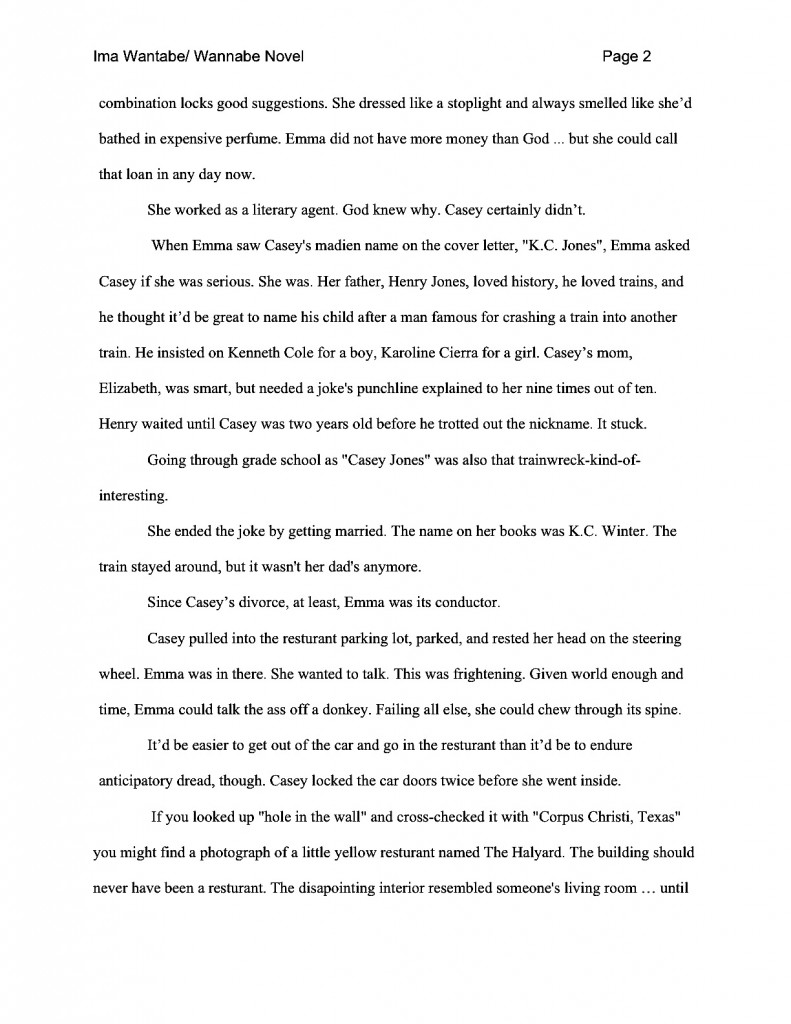
Remember, we’re talking a real coffee-down-the-windpipe-inducer here, not just merely the normal Millicent pet peeves. But now that you’ve brought up the more common pet peeves — you just couldn’t resist, could you? — let’s quickly run over the Millicent-distracters on page 2, just to get them out of our field of vision, so to speak. In the order they appear on the page:
1. The incorrectly-formatted slug line, with the page number on the wrong location on the page
Yes, I wrote this up as several infractions last time — but as you already know about them now, I thought I’d skim over them quickly.
Except to say: I’ve been seeing quite a few manuscripts lately with inappropriate spaces between the elements in the slug line. Just to make absolutely certain that everyone’s aware of the proper format, a slug line should not contain any spaces between the slashes and the words. So in our example above, the slug line should read: Wantabe/Wannabe Novel/2, not Wantabe/ Wannabe Novel/ 2.
Everybody clear on that? Good. Let’s press on.
2. An incorrectly-formatted ellipsis on line 2…and again on the last line of the page.
I’m kind of glad to see this one crop up here (twice!), because it’s quite a common punctuation gaffe. When an ellipsis appears in the middle of a sentence, there should not be spaces at either end. Thus, the rather funny line
Emma did not have more money than God … but she could call that loan in any day now.
should instead read:
Emma did not have more money than God…but she could call that loan in any day now.
Naturally, this is not the only context in which a writer might choose to use an ellipsis. For a run-down on how to employ them properly, please see this recent post on the subject.
3. A misspelled word in line 5, and another in line 11.
Oh, you may shrug, but most Millicents will stop reading at the first misspelling; the rest will stop reading at the second. The same basic rule applies to graduate school applications, by the way. College application essays tend to be read a bit more leniently: their screeners often will not stop reading until the fourth or fifth misspelling.
Yes, seriously.
The moral: NEVER submit ANY writing to a professional reader without proofreading it — preferably IN HARD COPY, IN ITS ENTIRETY, and OUT LOUD. While you’re at it, it never hurts to run a computer spell-check.
It especially never hurts to re-run a spell-check after you’ve made revisions in a scene. As we shall be discussing later in the week, even writers with sterling spelling and grammatical skills often end up with errors in their submissions simply because they forgot to proofread between Revision A and Revision B.
“Oh, I’ve already submitted an earlier draft of this scene to another agent,” revisers murmur blithely to themselves. “I’m quite positive that I spell-checked before I submitted. Since all I’ve made is a minor tweak or two to the scene, I don’t really need to proof it again…”
Bite your tongue, revisers: you most certainly do need to proof it again before you submit. Half-finished revisions are very, very common in submissions, as are misspelled words. Diligent re-checking is the only means of preventing this type of completely preventable error.
4. Single-sentence paragraphs in paragraphs 4 and 6.
This one has been on the rise, too, so I’m quite pleased to have the excuse to talk about it: in English, at least two sentences are technically required to form a narrative paragraph. In a paragraph of dialogue, only one is required. So while
“You don’t say!” Edgar exclaimed.
is a perfectly acceptable paragraph, one that would not give Millicent a microsecond’s worth of pause,
Going through grade school as “Casey Jones” was also that trainwreck-kind-of-interesting.
usually would. While this rule is not as closely observed as some others, when coupled with quotation marks around words that are not actually attributable to anyone (more on that later) and two words stuck together as one (trainwreck instead of train wreck), even a fairly tolerant Millicent might start to frown.
Some of you have been jumping up and down, hollering, trying to get my attention for this entire section, haven’t you? “But Anne,” single-line paragraph lovers everywhere pant breathlessly, “I see single-line paragraphs in published books all the time, and you can’t open a newspaper or magazine without being positively overwhelmed with them. So isn’t it safe to assume that this rule is, you know, obsolete?”
In a word, no — at least, not if you happen to write literary fiction, high-end women’s fiction, or aspire to the more literary end of most fiction categories, where the better-educated agents and editors dwell. Lest we forget, even people on the business side of publishing tend to go into it because they love good writing; scratch a Millicent at a prominent agency, and you’re very likely to find a former honors English major from a minor Ivy League school.
So you might want to ask yourself: is the impact of any given a single-sentence paragraph worth the risk of Millicent’s disapproving of my having broken the rule? Or, still worse, of her concluding that I simply am not aware of the rule, and thus every subsequent syllable in my manuscript should be scrutinized with unusual intensity, lest I run grammatically amok again?
While you’re pondering that one, I should concede: in AP format (you know, the standard for newspapers and magazines), single-sentence paragraphs are considered quite acceptable these days — which is why, in case you had been wondering, you will see even highly literate nonfiction authors dropping the occasional single-line paragraph into their books. Since journalists write so many books, journalism’s standards have (unfortunately, according to some) bled very heavily into the nonfiction literary market.
We could all sit around and blame Joan Didion, but I, for one, have better things to do with my time.
Some of you single-line lovers are flailing about again, are you not? “But Anne, I’ve seen it in fiction, too. What do you have to say about that, huh? Huh?”
Well, for starters, I sincerely hope that those authors’ old English teachers don’t know what liberties they’ve been taking with the language. It might kill anyone who got her teacher training prior to 1950. Second, and more seriously for our purposes, it has become (begrudgingly) increasingly acceptable for fiction writers to use the OCCASIONAL single-sentence paragraph for emphasis.
You know, when the information revealed in it is genuinely going to surprise the reader. As in:
The town certainly knew how to throw a good funeral; nobody, not even the grim Sisters Katzenberg, denied that. For even the poorest departed citizens, the locals would throw a potluck of the Stone Soup variety: everyone brought what she happened to have in her pantry, and somehow, out of that chaos was born a meal for several hundred grieving souls.
Or it had, until the time the grizzly bear family decided to drop by and pay its respects.
Admit it — you didn’t see that last bit coming, did you? Breaking off that sentence into its own paragraph emphasizes the twist. Not only does that format imply a pause both before and after the sentence, setting it off from the rest of the narrative, but it is also significantly more likely to be caught by a skimming eye.
That’s the most reasonable use of the single-sentence paragraph: rarely, and only when introducing a legitimate surprise.
Unfortunately, the vast majority of writers radically over-use it, incorporating it for rhythm’s sake when the actual content of the sentence doesn’t justify it. All too often, it’s simply used automatically for a punch line, as in today’s example:
She ended the joke by getting married. The name on her books was K.C. Winter. The train stayed around, but it wasn’t her dad’s anymore.
Since Casey’s divorce, at least, Emma was its conductor.
Allow me to let you in on a little secret: a joke needs to be pretty uproarious in order not to be deflated by having its punch line offset like this. Especially to Millicent, who sees hundreds of offset punch lines in any given screening day, there’s no apparent reason that the narrative should not run like this:
She ended the joke by getting married. The name on her books was K.C. Winter. The train stayed around, but it wasn’t her dad’s anymore. Since Casey’s divorce, at least, Emma was its conductor.
Hasn’t really lost anything by being made grammatically correct, has it? Save the dramatic paragraph breaks for moments that are actually dramatic; the device will have a greater impact that way.
5. Use of the passive voice in paragraph 7, line 2.
Before anyone starts to panic at the invocation of the passive voice, let me hasten to point out that generally speaking, a narrative usually needs to have many sentences in the passive voice on a single page in order to ruffle Millicent’s nerves. Admittedly, if more than a couple should appear on page 1, some Millicents might become antsy.
And then there are the Miliicents who will automatically stop reading upon encountering a single such a sentence. Suffice it to say that no type of sentence annoys a broader array of Millicents in a broader variety of ways than one in which things apparently happen all by themselves — or at any rate, by actors relegated to subordinate clauses:
The coat was brown.
Traffic prevented Trevor from keeping his appointment with Maurice.
The candle floated around the room, carried by unseen hands.
Karen was stunned into silence.
You may have stopped jumping out of sheer shocked depression, oh hand-wavers, but I can tell that you still have a question to ask. “Seriously? There’s a type of sentence so toxic that Millicent won’t read it at all? In heaven’s name, why is she so afraid of the passive voice?”
For one exceedingly simple reason: she has been taught to regard it as style-free writing, at least in fiction. Nor are screeners the only ones who harbor such opinions: ask any ten agents, editors, contest judges, or even writing teachers for the shortest possible definition of lazy writing, and five of them will instantly spout, “The passive voice.”
You must admit, they have a point: writing a sentence in the passive voice is seldom the most interesting way to convey information. Most of the time, it’s relatively easy to work the information into a more complex sentence, particularly if those details previously appeared in the dreaded X was Y) structure.
Unseen hands carried the candle from tabletop to mantelpiece, pausing in the dead center of the room. Stunned into silence, Karen hugged her brown coat around her shoulders. Dimly, she could hear the normal sounds of ordinary life passing by the window: birds chirping, pedestrians chatting, traffic whizzing toward a collective destination. Fleetingly, she wondered if Trevor had been able to fight his way through the rush-hour crowds to keep his appointment with Maurice.
Okay, so I took a few creative liberties in that revision, but isn’t it more interesting now? With that qualitative shift in mind, let’s revisit the use of the passive voice in page 2 of today’s example. Actually, let’s take a gander at this whole section. If you were Millicent, would it give you pause?
Emma was in there. She wanted to talk. This was frightening.
I’m not going to second-guess our generous example-provider by reworking this, but I’m quite confident that there’s a more interesting way to express Casey’s thoughts and fears in this moment. The emotion here feels real, but it’s not fleshed out: the reader is told how Casey feels and what she fears, rather than showing those thoughts and fears in action.
Actually, that’s a pretty good revision rule of thumb: if an emotionally important moment summarizes the protagonist’s feelings (This was frightening.), ask yourself: is the narrative telling, not showing here? Is there a way I could convey that my protagonist is frightened, instead of just stating it in the passive voice?
6. Use of a cliché in paragraph 7.
Remember the ten professional readers we asked to define lazy writing? The five who didn’t immediately mention the passive voice instantly thought of clichés.
Agents, editors, and contest judges will not pick up your manuscript expecting to read other people’s voice — they are hoping to be wowed by yours. By definition, clichéd phraseology is not going to achieve that goal: phrases that everyone uses are, after all, not original.
Which is precisely why they roll so easily off the narrative tongue, right? They seem so natural — which is why a writer can occasionally (VERY occasionally) get away with incorporating them into dialogue. But think about it: in a narrative paragraph, what are the chances that Millicent is going to read a stock phrase like world enough and time and think, “Wow, I’ve never heard it put that way before.”
Roughly nil, I’m afraid. Avoid clichés like the plague; keep an eagle eye out for them while revising, and always let your conscience be your guide. Remember, a stitch in time saves nine.
Annoying, isn’t it? Multiply that by a few hundred per day, and you’ll see why even the hint of a cliché will set an experienced Millicent’s teeth on edge.
7. Placing words within quotation marks that are not in fact quotes.
This one is such a common professional readers’ pet peeve that I remain perpetually astonished that agents and editors don’t run screaming into writers’ conferences, bellowing, “Don’t stick quotation marks around those words unless someone is actually speaking them!” at the top of their lungs. In a submission, the mere sight of misused quotations (particularly the odious advertising practice of placing words within quotes simply to emphasize them) is usually enough to make even the most hardened Millicent turn green.
Reserve quotation marks for when people are actually speaking. In a pinch, you can sometimes get away with the common use of quotation marks to indicate so-called (“What do you think of this “Louis XIV” table, Gerald?”), but as with any other tone in dialogue, it’s unwise to rely upon punctuation to convey every possible conversational nuance.
Generally speaking, italics are the safest way either to indicate verbal emphasis or to set off words from the rest of the sentence. To illustrate the difference using in the last paragraph of today’s example, this is likely to annoy virtually any Millicent:
If you looked up “hole in the wall” and cross-checked it with “Corpus Christi, Texas” you might find a photograph of a little yellow resturant named The Halyard.
But what about this version?
If you looked up hole in the wall and cross-checked it with Corpus Christi, Texas you might find a photograph of a little yellow resturant named The Halyard.
Actually, that was a trick question: one spelling mistake and two punctuation errors still remain. Did you catch them, or could you use a bit more proofreading practice?
To help sharpen your eye, here is a version that Millicents everywhere would approve:
If you looked up hole in the wall and cross-checked it with Corpus Christi, Texas, you might find a photograph of a little yellow restaurant named the Halyard.
8. And then there’s the conceptual stuff.
All of those little points aside, the second page of this example exhibits one very common structural reason that submissions get rejected — and one very specific content problem that writers occasionally include innocently. They don’t mean to fluster anyone, but pop goes the envelope, and before you know it, Millicent’s latte is all over her nice ivory-colored blouse.
Let’s take the structural reason first. Go back to the section break on page 1, then read on. Notice anything about the pacing?
If you instantly shot your hand into the air and shouted, “By gum, the plot seemed to stop cold while the narrative gave us backstory!” give yourself a gold star for the day. First novels — and memoirs, too — are notorious amongst Millicents for establishing conflict in an opening scene (or part of a scene), then setting the conflict on the proverbial back burner while the narrative tells about what has gone on before, what the participants are like, how they got their names…
That’s a whole lot of telling, rather than showing, isn’t it? Little does Millicent know that the original version of many of these stop-and-go novels featured seven pages of backstory before the plot even began; that opening half-scene prior to the three-page digression was just a teaser, added because somebody told the writer that Millicent likes to see conflict on page 1.
News flash: she likes to see conflict on EVERY page. So does her boss — and so do editors and contest judges. Keeping that opening momentum going is a great way to win friends and influence people at agencies.
Unfortunately, even very promising manuscripts often start with a bang, then peter out almost immediately. Partially, this problem may be traced to how introductory writing teachers push hooks. Most fledgling writers learn about opening with a hook — a grabber that draws the reader into the story at the top of page 1 — without learning that in order to sell a book, a writer has to keep the reader hooked for a long time. Digressing from the story for paragraphs or even pages at a time in Chapter 1 is seldom the most effective means of keeping the tension high.
The good news: if the opening scene is compelling and character-revealing enough, including backstory usually isn’t necessary at all. Instead, save it, then reveal it in increments, later in the book.
Stop shaking your head — or at least try writing an opening scene unencumbered by backstory before you insist that it’s not possible. Concentrate on the conflict; keep your characters focused on what they want in the scene and how they are going to overcome the obstacles to getting it.
I could go on for days and day about the ubiquitous early tension-sagging phenomenon (and probably shall, in the weeks to come), but I’m already running long for today. Before I sign off, though, I should ask: did anybody catch the line of text that would have sent Millicent’s coffee flying?
No? Try this on for size:
She worked as a literary agent. God knew why. Casey certainly didn’t.
Didn’t jump off the page at you, did it? It would to Millicent, for the same reason that an orchestra conductor’s eyes light up when someone she meets at a party suddenly starts talking about piccolos: this story is apparently set in the world she knows. And because it does include types of characters she knows intimately in real life — in this case, an author and an agent — she’s going to increase her scrutiny a thousandfold, eager to catch lapses in realism.
Were this submission a meticulously-researched exposé of conditions in the publishing industry, that hyper-intense gaze might prove helpful to the writer: if he got everything right, no reader is going to appreciate that more that Millicent. But had I mentioned yet that this book is a fantasy?
Let’s assume for the sake of argument, though, that the writer in this instance has done all of the necessary research to present an agent and her client believably to those who know them best. Take another look at the paragraph where Emma’s vocation is revealed — can you spot any reason Millicent might take umbrage at it?
Here’s a very good reason: not only is the Emma character presented as unreasonable (and, to some readers, unlikable) in these opening pages, but this paragraph implies either that (a) Emma is entirely unsuited to being an agent, for reasons not divulged to the readers, or — and this is the one most likely to occur to Millicent — (b) the narrative is implying that no one in her right mind would want to pursue that line of work.
See the problem, when submitting to people who have chosen to devote their lives to that line of work? Who are, in fact, sensitive human beings, longing to be treated with respect, like everyone else? Whose feelings might conceivably get a trifle bruised by an insensitive portrayal of someone like themselves?
You hadn’t thought of Millicent as someone whose feelings could be hurt by a submission, had you? Sort of changes how you think of the submission process, doesn’t it?
Don’t be disappointed, if you didn’t catch the negative implication. Many, if not most, writers who have not yet had the pleasure of working with an agent probably would not have caught it — or did not think that it might have ruffled Millicent’s feathers. It may even have struck some of you at first glance as humorous.
To someone working within the publishing industry, though, that paragraph of text would have come as something of a shock. Over-sensitive? Perhaps, but in a way that it’s certainly possible to predict and plan a way around, no?
Next time, I shall begin talking about a completely different set of submission perils, pitfalls into which even the most conscientious of self-editors often tumble. Keep plowing forward with those revisions, everybody, and keep up the good work!































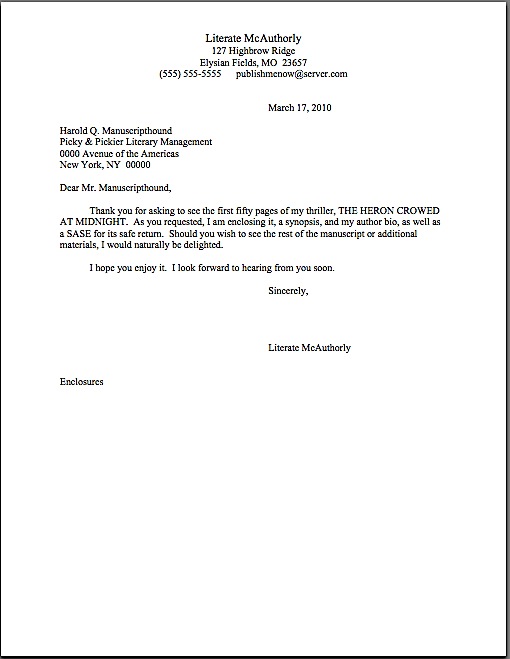

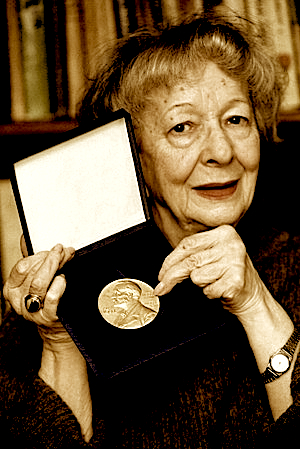




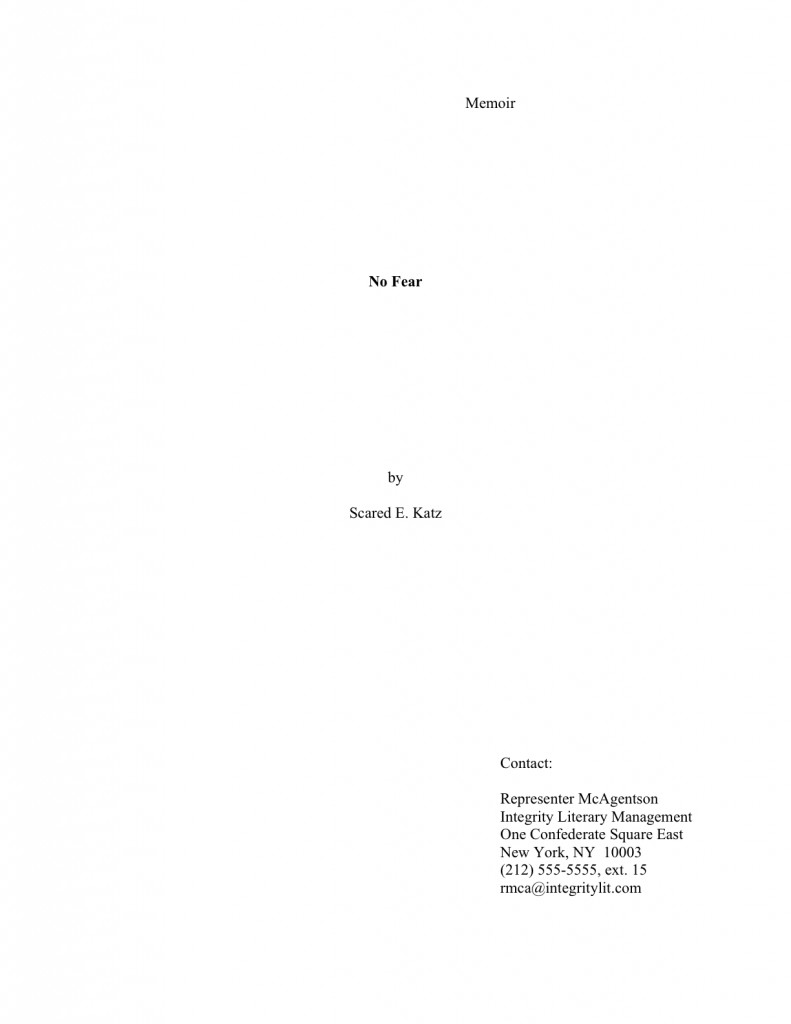
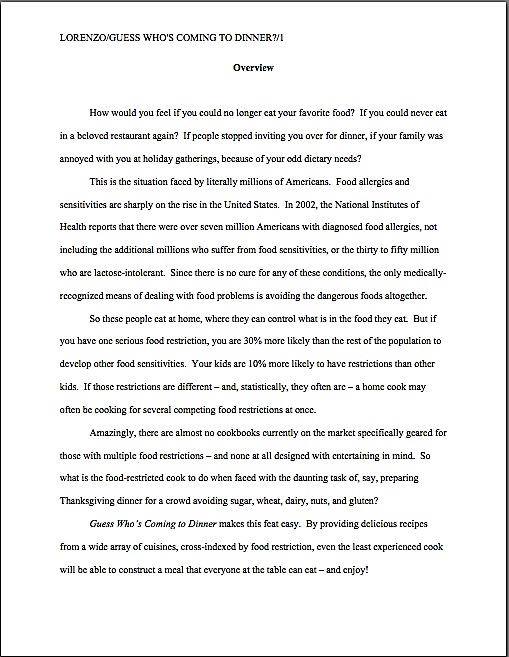
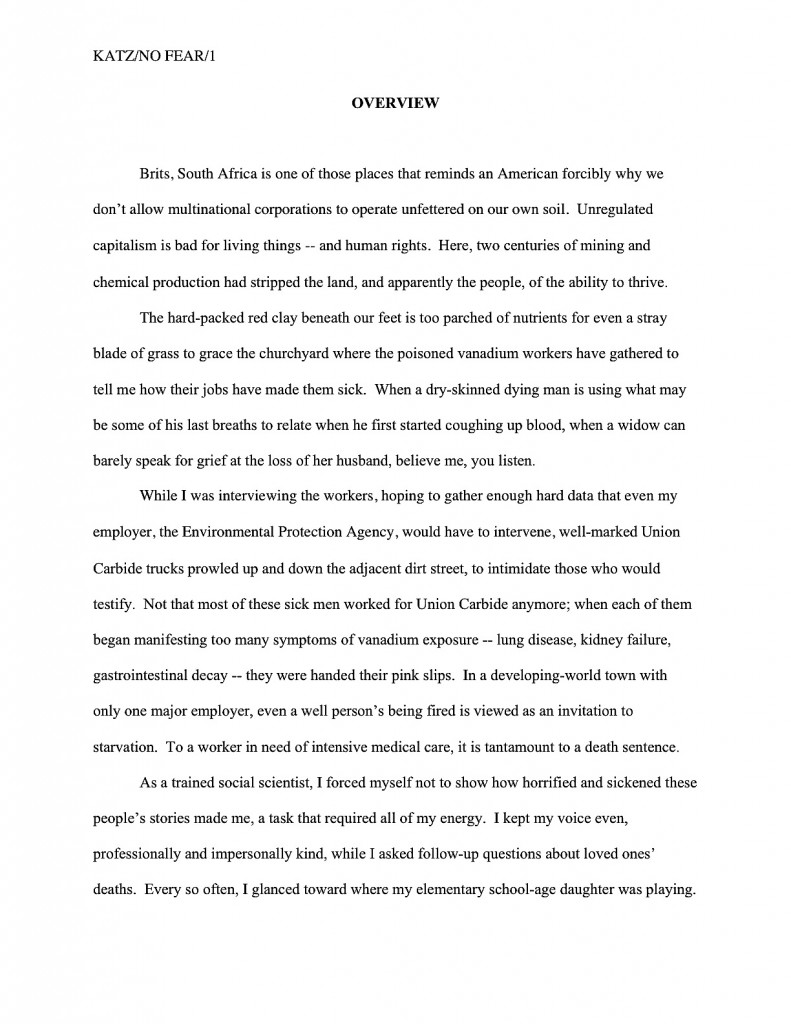
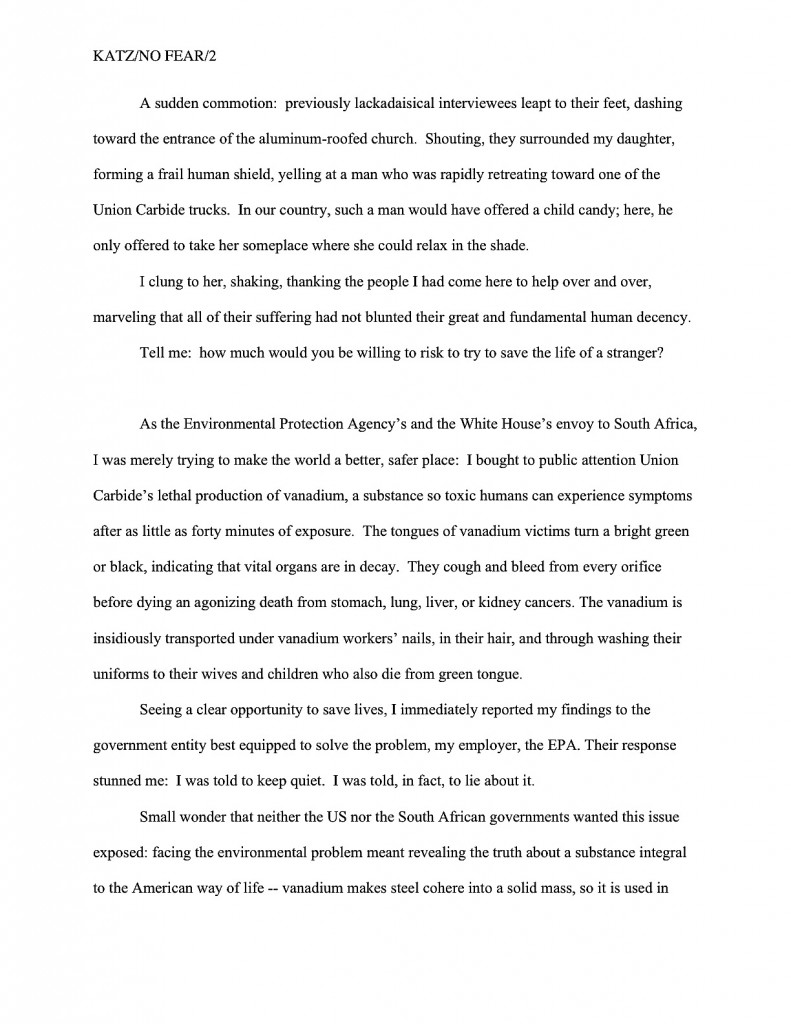
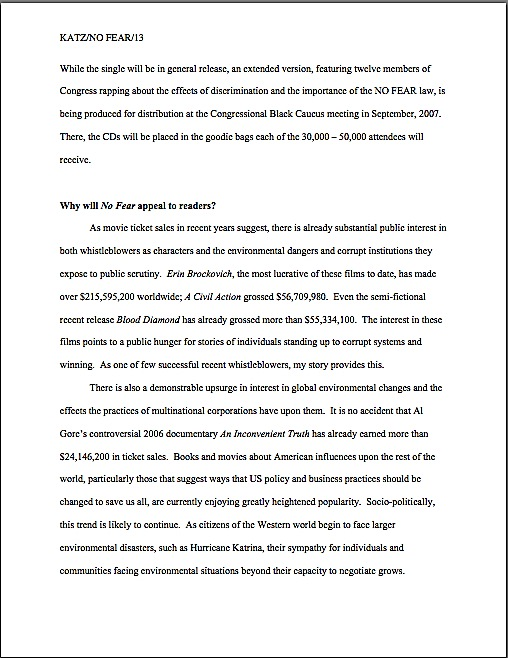
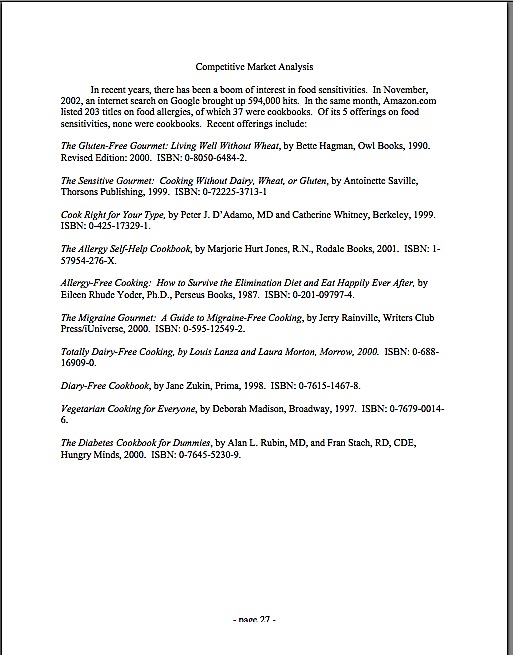











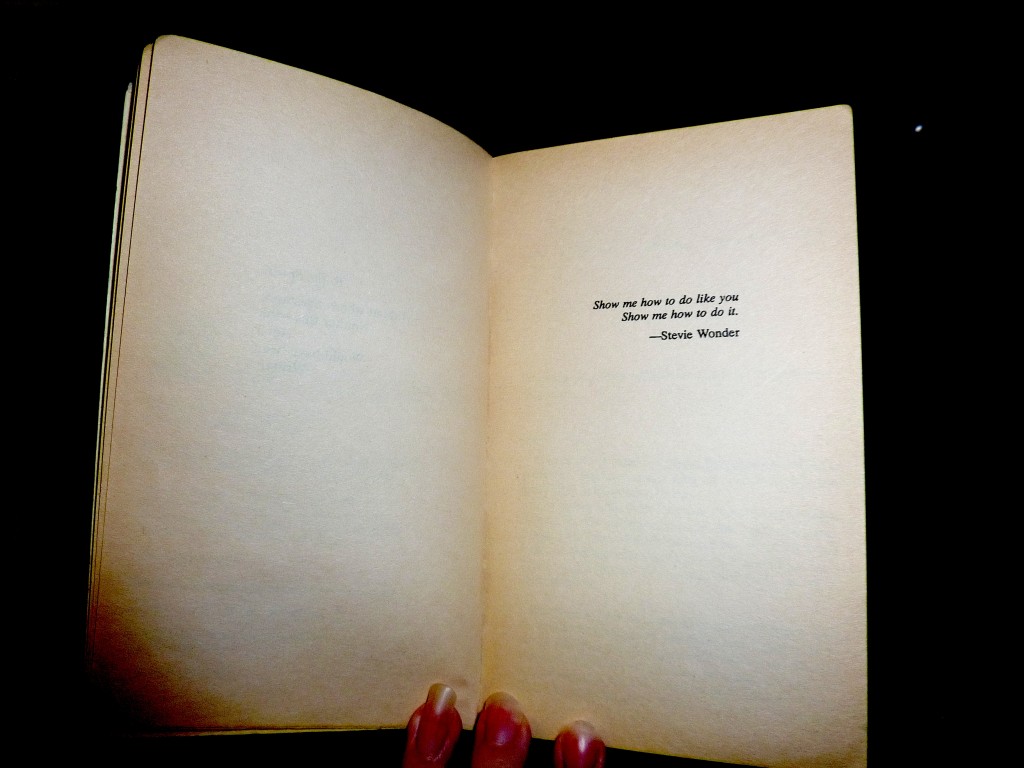









 Paul Reynolds, a photographer who creates fake photos for tabloid magazines, wakes up with no idea where he is or how he got there. He can’t even recall his name. A strange man lurks nearby, breathing heavily and slowly flipping through a book. Paul hears the man’s breath, but he cannot see him. He realizes with mounting panic that his eyes no longer function.
Paul Reynolds, a photographer who creates fake photos for tabloid magazines, wakes up with no idea where he is or how he got there. He can’t even recall his name. A strange man lurks nearby, breathing heavily and slowly flipping through a book. Paul hears the man’s breath, but he cannot see him. He realizes with mounting panic that his eyes no longer function.
